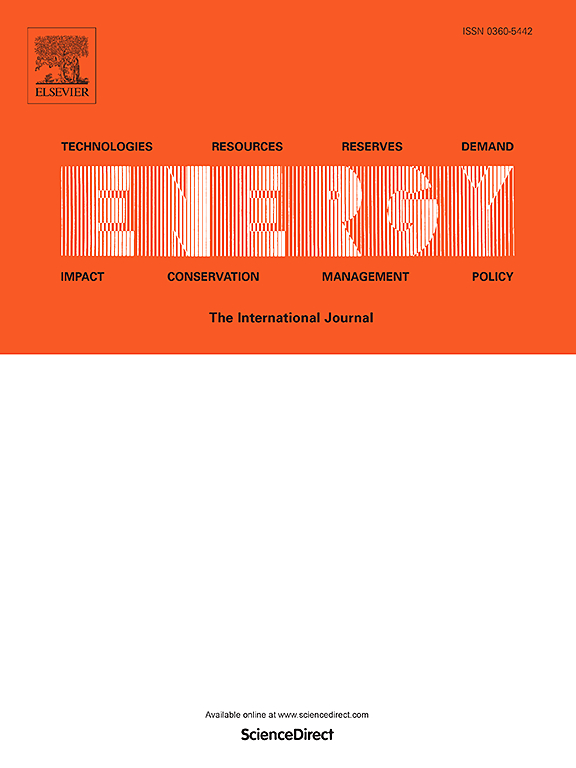No-tillage intercropping with a robotic mower: Advancing a high productivity, low-carbon and energy-efficient organic farming system
IF 9
1区 工程技术
Q1 ENERGY & FUELS
引用次数: 0
Abstract
Solar-powered farm machinery enhances sustainable agriculture by reducing greenhouse gas emissions. Its integration into no-tillage (NT) systems may further enhance environmental benefits and organic farming viability. While intercropping improves productivity and resource efficiency, its sustainability when combined with NT and solar-powered machinery remains unclear. This study evaluates NT and intercropping with solar-powered machinery in organic cherry tomato production. A split-plot field experiment compared two tillage methods [NT and rotary tillage (RT)] and two cropping patterns [cherry tomato/peanut intercropping (TP) and monocropping (M)]. Solar-powered robotic mowers replaced conventional mowers in NT to enhance environmental benefits. Sustainability was assessed through crop productivity, energy efficiency, carbon footprint, and economic profitability. NT reduced fossil fuel and labor use, lowering energy input by 63.1 % compared to RT. NT-TP further improved yields, achieving 13.8 % higher total output than NT-M. Despite higher seed and labor inputs, NT-TP enhanced energy efficiency and profitability due to increased yield. It also improved carbon sequestration, raising soil organic carbon by 1.5 % and partially offsetting carbon emissions, leading to the lowest carbon footprint (816.9 kg CO2 eq ha−1). These findings demonstrate NT-TP's potential to enhance yield, energy efficiency, and profitability while reducing the carbon footprint, being a sustainable management for organic farming.

求助全文
约1分钟内获得全文
求助全文
来源期刊

Energy
工程技术-能源与燃料
CiteScore
15.30
自引率
14.40%
发文量
0
审稿时长
14.2 weeks
期刊介绍:
Energy is a multidisciplinary, international journal that publishes research and analysis in the field of energy engineering. Our aim is to become a leading peer-reviewed platform and a trusted source of information for energy-related topics.
The journal covers a range of areas including mechanical engineering, thermal sciences, and energy analysis. We are particularly interested in research on energy modelling, prediction, integrated energy systems, planning, and management.
Additionally, we welcome papers on energy conservation, efficiency, biomass and bioenergy, renewable energy, electricity supply and demand, energy storage, buildings, and economic and policy issues. These topics should align with our broader multidisciplinary focus.
 求助内容:
求助内容: 应助结果提醒方式:
应助结果提醒方式:


